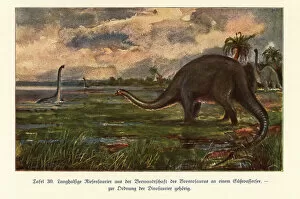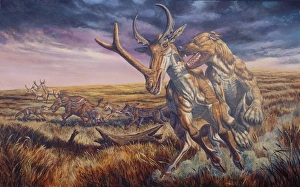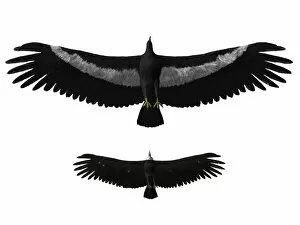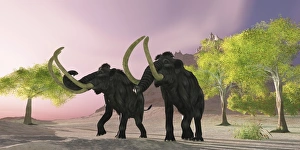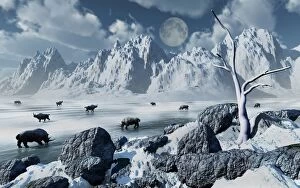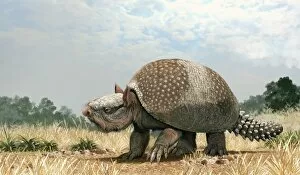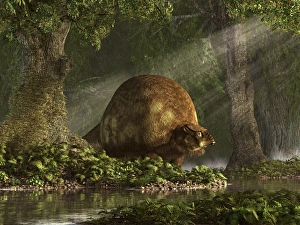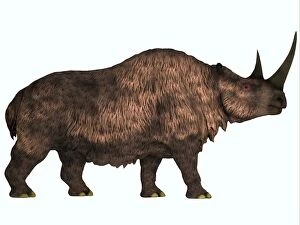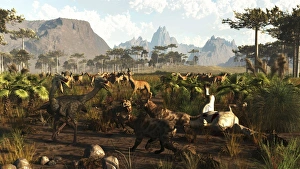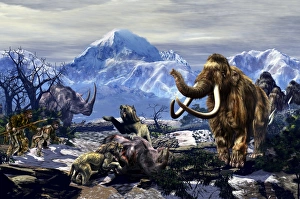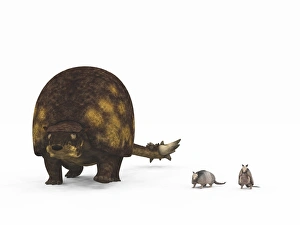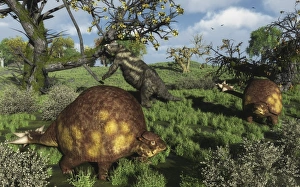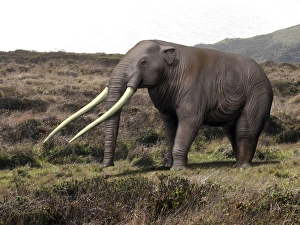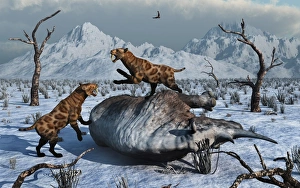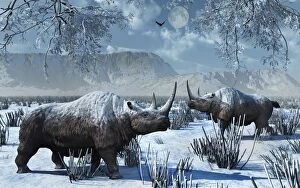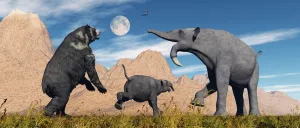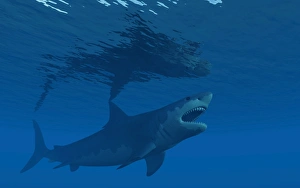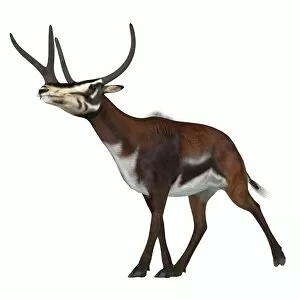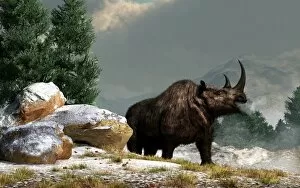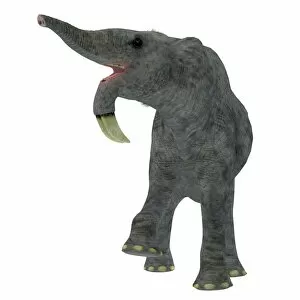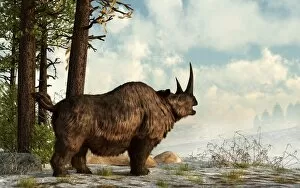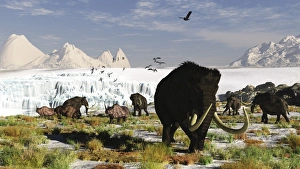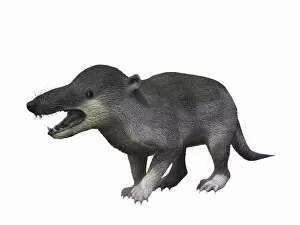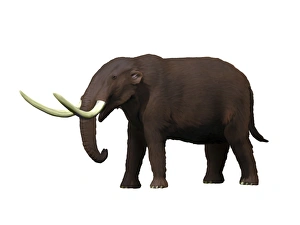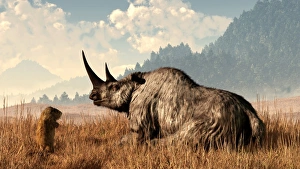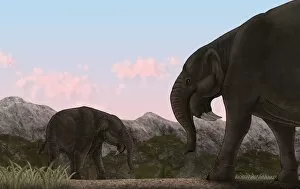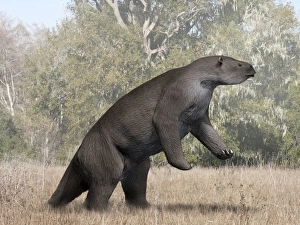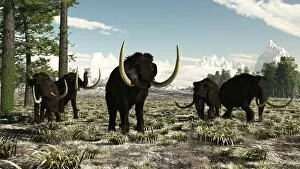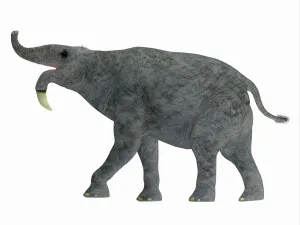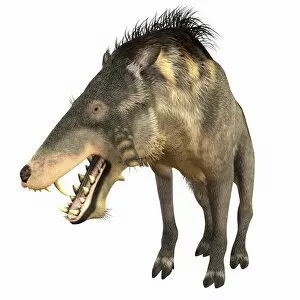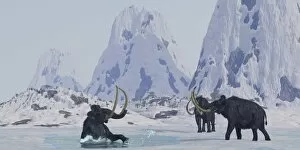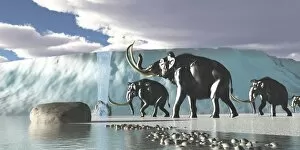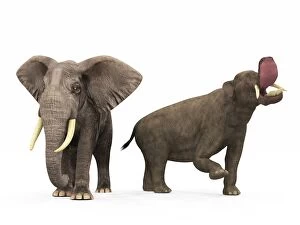Neogene Collection
The Neogene era, a time of remarkable ecological diversity and grandeur
All Professionally Made to Order for Quick Shipping
The Neogene era, a time of remarkable ecological diversity and grandeur. In the first half of this epoch, lush vegetation adorned the landscapes, providing sustenance for all creatures great and small. Picture yourself standing by a freshwater lake, as giant Brontosaurs gracefully wade through its crystal-clear waters, their long necks reaching out to pluck leaves from towering trees that surround them. But danger lurks in every corner of this prehistoric world. Witness an intense moment frozen in time - an Epicyon fiercely attacks a Synthetoceras on the run. The struggle for survival is real, even amidst such breathtaking beauty. Meanwhile, two Woolly Mammoths embark on a quest for better vegetation to satiate their colossal appetites. Their massive tusks scrape against tree bark as they trudge through dense forests in search of greener pastures. In another part of this ancient realm, a herd of woolly rhinoceros braves the harsh winter landscape during the Pleistocene period. Snow blankets the ground as these magnificent creatures forge ahead with unwavering determination. Behold Glyptotherium arizonae - one among North America's megafauna during this era. Its sheer size and strength command attention as it roams freely across vast territories. Marvel at Argentavis magnificens soaring high above its surroundings; its wingspan dwarfs even that of an American condor. This majestic bird symbolizes freedom and power in flight. Now shift your gaze towards Elasmotherium - imagine capturing its portrait with intricate details etched into every strand of fur adorning its robust frame. Witness two male Elasmotherium confronting each other in an epic display of dominance over territory or mates. Nearby stands a large Glyptodon near the edge of a serene stream; it seems lost in contemplation while observing nature's wonders unfold before it. An Elasmotherium grazes peacefully, its rhythmic movements blending seamlessly with the surrounding landscape.


